Log in or create new account to save this product to your wishlist.
How to make your grass green: Our Top 10 Tips!
For the greenest grass possible, you need to carry out a few tasks. Check out our Top 10 Tips for the greenest grass in your street.
Latest articles
7 MIN 22 Jul How to keep your lawn in shape this summer 9 MIN 15 Jul Watering Your Garden: 10 Top Tips! 11 MIN 15 Jul Is Your Grass Type Right for your Garden? 11 MIN 10 Sep Create Your Low-Maintenance Garden – Tips and Ideas 11 MIN 08 Sep The Ultimate Guide to Choosing the Perfect Hedges for Your Garden 12 MIN 30 Aug The Top 20 Evergreen Climbers to Transform Your GardenEveryone wants a beautiful, lush green lawn. But sometimes, the grass always looks greener on the other side of the street. So, we put together this article to show you how to make your grass green – and be the envy of your friends.
- What makes your grass green?
- How to make your grass greener
- How do I provide nitrogen for my lawn?
- How to keep my grass green
- Tip #1: The type of grass seed
- Tip #2: Lawn aeration
- Tip #3: Fertilising your lawn
- Tip #4: Scarify
- Tip #5: Spread lime for deep green grass
- Tip #6: Overseeding for healthy turf
- Tip #7: Prevent moss and weeds with iron sulphate
- Tip #8: Train your lawn with water
- Tip #9: Be in control of automatic sprinklers
- Tip #10: Mow regularly for green grass
- FAQ
You might want to transform your dull lawn into bright, verdant blades that brim with health, vitality, and resistance. That doesn’t usually happen without intervention. So, if you want to know the expert secrets to making your grass green, you’ve come to the right place.
This article will share 10 tips that the experts rely on for that quintessential Downton Abbey lawn you crave – regardless of where you live.
So, put your feet up, grab a brew, and get ready to learn how to make your grass green, regardless of its current state.
What makes your grass green?

Most of us already know about chlorophyll – the naturally occurring chemical that gives most plant life its green colour. However, to be slightly more specific, the chlorophyll in your grass plants absorb blue-, red-, and green light from the sun’s rays, which triggers photosynthesis.
Photosynthesis is the process by which plant life converts inorganic material (i.e., sunlight) into an organic material (sugar). This sugar feeds the plant, giving it the energy to grow and flourish.
How to make your grass greener
Your grass plants require nitrogen, phosphorus, and potassium to boost their ability to photosynthesise and thrive.
Of these chemicals, nitrogen is probably the most essential to achieving a deep, rich green. Nitrogen is a significant structural element of chlorophyll, so your grass won’t thrive without it.
And while the earth’s atmosphere is approximately 78% nitrogen – naturally occurring in the air – a lacklustre lawn may require more nitrogen than it can absorb through the air to reach peak appearance.
While a nitrogen boost will quickly transform the look of your grass, nitrogen alone won’t produce optimal results. Phosphorus and potassium are equally crucial for healthy growth.
Phosphorus helps plants absorb chemical minerals (such as nitrogen), while potassium provides strength and resistance to disease and changeable weather conditions.
How do I provide nitrogen for my lawn?
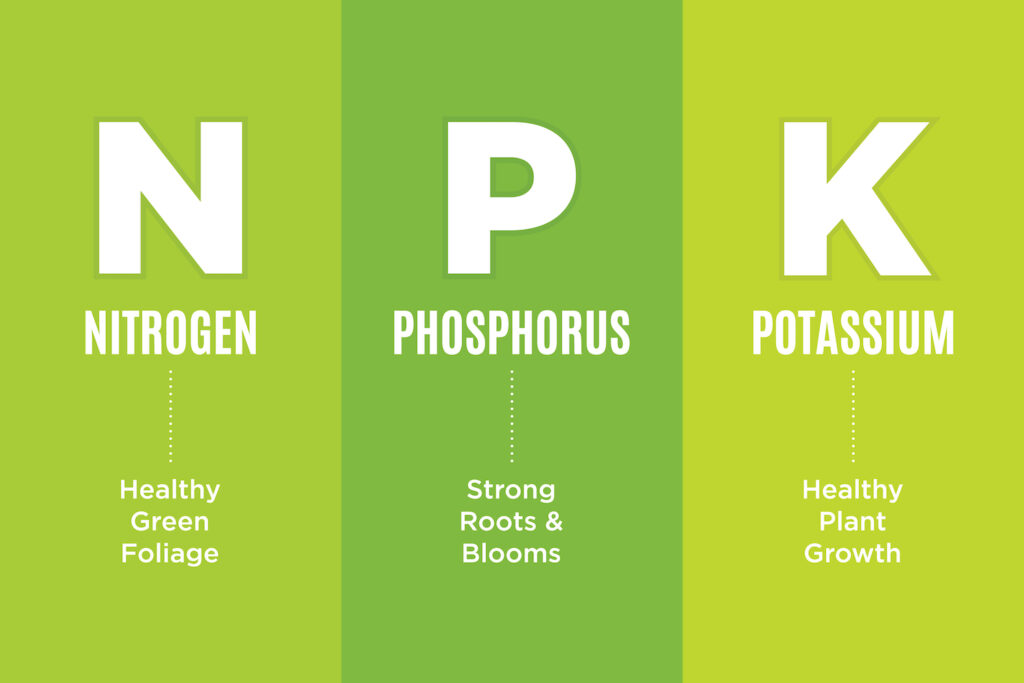
The simplest way to feed your lawn nitrogen, phosphorus, and potassium is with lawn fertiliser.
But:
Not all fertilisers are of equal quality. Look for the NPK value on the side of the packet (where N=nitrogen, P=Phosphorus, and K=Potassium).
Check out our expert’s guide to NPK fertilisers for the lowdown on choosing the correct fertiliser for your lawn.
How to keep my grass green
Fertilising is often the first port of call, and using a good Spring Boost fertiliser provides all the nutrients your lawn needs to wake up from its winter dormancy.
But other conditions impact how green your grass stays throughout the year. These are:
- The grass species
- A good watering and mowing regime
- The correct chemicals
- Drainage and aeration
- Overseeding
- Preventing moss & weeds
Tip #1: The type of grass seed

First and foremost, it’s essential to know what type of grass you have growing in your garden.
And while it can be challenging to identify grass species once it’s growing (especially as most of us inherit a lawn when we move to a new property), you can control the type of grass seed you use for overseeding.
Or, if you’re starting from scratch, choose the grass seed or turf that suits your micro-climate.
Pay attention to:
- The amount of sunlight you get
- The consistency of the soil (sandy or clay)
- The amount of use your lawn needs to endure.
Check out our expert’s guide to understanding grass seed species.
Tip #2: Lawn aeration
Your lawn needs to breathe – it requires oxygen above ground to reach its roots. So, check for moss and weeds that could be suffocating your lawn’s roots. In this case, you need to scarify – more about that here.
But, as well as scarifying, it’s vital to regularly aerate your soil.
Aeration alleviates soil compaction, which prevents water, nutrients, and air from reaching your grass’s roots. Take a handful of your garden soil and inspect it: if it’s tightly formed like a lump of clay, it’s likely to be heavily compacted. Squeeze it in your hand and open your palm – if the soil has clumped together, your soil will likely become compacted (even if it isn’t quite yet).
The simplest way to aerate your soil is to sink a garden fork repeatedly into the ground across the entire lawn surface. This punctures holes into the soil surface and helps feed your grass’s roots.
If you have a large lawn, you may prefer to opt for aerator sandals, a hollow-tine aerator or an aerator machine.
Tip #3: Fertilising your lawn
Your grass is only ever as healthy as your soil, so we recommend fertilising your lawn three times a year, using a specialist fertiliser for spring, then a multipurpose fertiliser for the rest of the year.
Check out our helpful guide to fertilising your lawn.
Tip #4: Scarify
Scarifying is the process of removing the thatch layer sitting on top of the soil surface that develops over time. Thatch is made up of moss and dead organic matter, such as fallen leaves and cut grass, and can suffocate your lawn and prevent it from developing its full potential colour and vitality.
Scarification is quite a time-consuming process, but it’s definitely worth doing each year to maximise the growth potential of your lawn.
Check out our expert’s guide to scarification for everything you’ll ever need to know about the process.
Tip #5: Spread lime for deep green grass
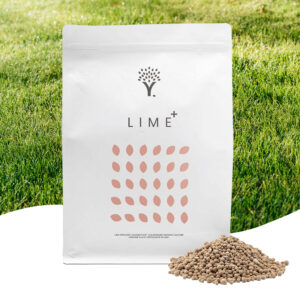
- Promotes nutrient absorption
- Lowers the pH value
- Easy to spread granules
Garden lime is a product that lowers soil acidity, creating favourable conditions for grass and a more inhospitable soil for moss and weeds.
Adding lime to your soil once a year can also help your existing lawn absorb nutrients more efficiently, boosting your healthy turf’s deep green.
Spread lime at least three weeks before applying fertiliser – lime can counteract some of the effects of the fertiliser chemicals.
Tip #6: Overseeding for healthy turf
All lawns grow old eventually, and old lawns are less likely to appear healthy.
A full, healthy turf is more likely to brim with vitality than a thinning lawn that gets overtaken by weeds. So, sowing seeds over bald or thin patches on your existing turf helps improve your lawn’s density and resistance to weeds and disease.
Effectively, by sowing extra seeds, you minimise the space for weeds to develop: remember, prevention is your best line of defence.
Overseeding is quick and straightforward and – as a yearly practice – will help maintain the deep green colour of your healthy lawn.
Check out our expert’s guide to overseeding.
Tip #7: Prevent moss and weeds with iron sulphate
We’ve already talked about scarification, which is a process to clear moss and weeds, but once you’ve scarified, you can help prevent these unwanted plants from growing back.
The best way to prevent moss and weeds for a greener turf is to use an iron sulphate product.
Iron sulphate is the secret to a vivid green lawn – it helps your grass plants absorb more nutrients and kills moss simultaneously. Boosting photosynthesis, iron sulphate helps your grass plants create sugars to promote growth while absorbing more light, carbon dioxide, and water. Win-win.
Apply MOOWY’s 2-in-1 Moss Killer and Fertiliser for a super-boost that makes your grass so green you’ll need shades!
Find out more about iron sulphate here.
Tip #8: Train your lawn with water
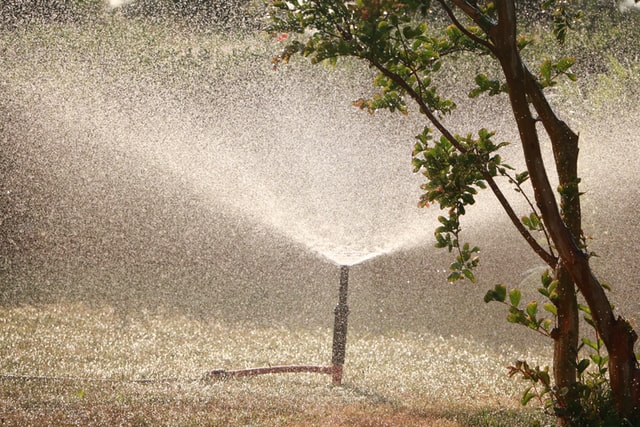
Underwater your lawn, and you’ll end up with dry, yellow grass. Overwater your lawn, and you’ll experience poor growth and a proliferation of moss, weeds, and fungi.
Watering your lawn in the morning helps the water sink into the soil – leave it till the midday sun, and the water will evaporate (and likely scorch the leaves). If you water your lawn in the evening, you’re likely to encourage moss and fungi because the temperature will drop, and the soil will go cold and soggy.
Overwatering your lawn weakens the plants’ resistance to drought because overwatering encourages shallow roots. Train the roots by leaving intervals between watering during the summer months – this enables the roots to search deeper into the soil for moisture.
To encourage deeper roots, give your lawn a good soak two-to-three times a week – this is better than a daily watering, which makes the roots lazy.
Puddles forming on the turf could be a sign of overwatering – likewise, it could be a sign of compacted soil (see Tip #2: aeration). Keep an eye out for puddles, and stop watering as soon as you see them.
Check out our guide to watering your lawn.
Tip #9: Be in control of automatic sprinklers
It goes without saying that water from the sky is the best water for your lawn. Rainwater is usually wholly pure and hasn’t been through nasty chemical treatments like tap water, but it’s difficult to predict when it will rain with our changeable British climate.
So, if you use an automatic sprinkler watering system, make sure it doesn’t water your lawn when it’s due to rain.
You can buy automatic tap timers that include a rain sensor, which helps save water and prevent overwatering.
Tip #10: Mow regularly for green grass
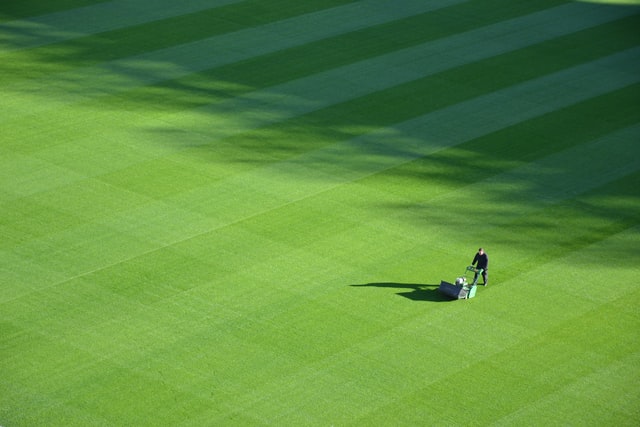
It seems counterintuitive, but mowing your lawn helps boost its health. This is because your grass plants release a growth hormone to help repair the damage caused by the cutting blade each time you mow. This allows your grass to turn deep green and improve its disease resistance.
However, always mow your lawn with sharp blades. Blunt cutting blades will tear the grass, leaving a deeper wound on the tips. This makes your lawn more susceptible to disease, so always use sharp blades.
Keep your grass a little longer during the summer to help make your grass greener. Longer grass blades help your plants photosynthesise, so for healthy and verdant grass plants, leave the leaves a little longer.
For more information about lawn mowing, check out our comprehensive article here.
Are you ready to start your lawn care regime? Or do you have questions?
We hope you’ve got everything you need from our top tips on how to make your grass green. But if you have questions, please don’t hesitate to get in touch.
We love to hear from you, so drop us an email, and we’ll get back to you as soon as we can.
Thanks for reading!
FAQ
The greenest grass is the healthiest grass, so maximise the potential for your lawn to thrive by regularly feeding your grass plants with a high-quality fertiliser, water regularly, apply lawn lime, and dethatch the soil surface.
Lawn feed high in nitrogen can help make your grass green. Nitrogen kickstarts photosynthesis, allowing your grass plants to create sugars from the sunlight that boost their health and vitality, increasing the greenness of your lawn.
Most fertilisers take between 1 and 5 days to affect the green colour of your grass plants. For best results, use a slow-release fertiliser, which has a more prolonged effect on the condition of your soil.
Leave a comment
Your answer will be displayed on the site and the interested party will be notified by email.
Leave a comment
Have a question or want to share your experience? Leave us a comment.
Read more
The best tips and tricks for a lush green lawn
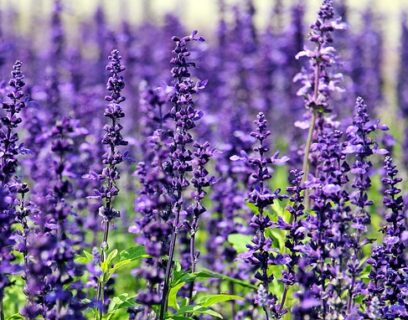 7 MIN
13 Sep
Lavender Cuttings: a step-by-step guide
7 MIN
13 Sep
Lavender Cuttings: a step-by-step guide
 11 MIN
10 Sep
Create Your Low-Maintenance Garden – Tips and Ideas
11 MIN
10 Sep
Create Your Low-Maintenance Garden – Tips and Ideas
 Scarifying Kit
All products after scarifying | Quickly restores the lawn after scarifying | Outsmart weeds quickly with the use of this kit
From: € 39.99
Scarifying Kit
All products after scarifying | Quickly restores the lawn after scarifying | Outsmart weeds quickly with the use of this kit
From: € 39.99
 Spring Lawn Care Kit
MOOWY’s choice for the spring | Quick recovery of your lawn after winter | A strong lawn prevents weeds
From: € 25.99
Spring Lawn Care Kit
MOOWY’s choice for the spring | Quick recovery of your lawn after winter | A strong lawn prevents weeds
From: € 25.99
 Long Lasting Lawn Fertiliser
Effective for 90 days | See results in 14 days! | Suitable for all types of grass and soil
From: € 13.99
Long Lasting Lawn Fertiliser
Effective for 90 days | See results in 14 days! | Suitable for all types of grass and soil
From: € 13.99
Do you want a lawn calendar?
🌱 All important maintenance moments for your lawn during the year. Leave your email and we will send you the lawn calendar for free.
Enter your email
Receive the lawn calendar in the mail
Enjoy a green lawn all year round!



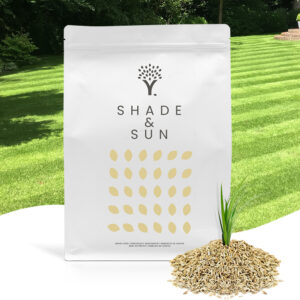
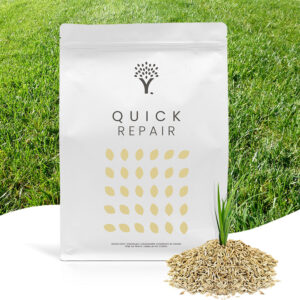


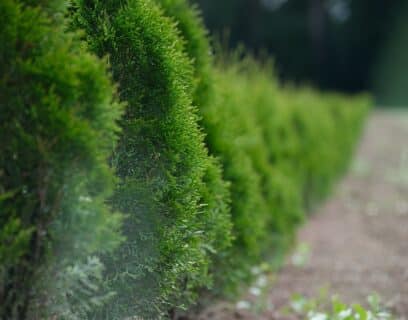






Comments (0)
There are no comments yet. Well then, what are you waiting for to
Be the first to write your comment!inaugurate this pretty page?
Do you have some comments?